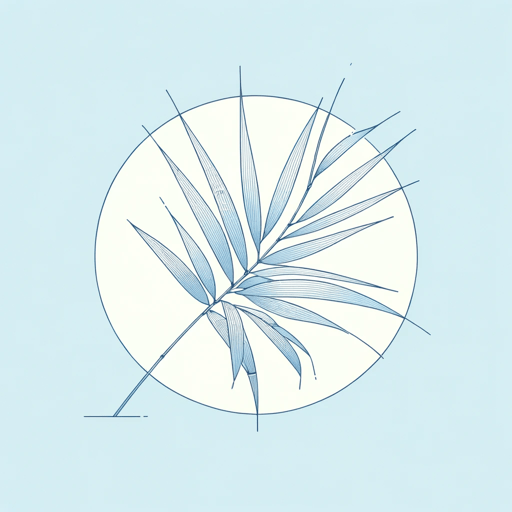27 pages • 54 minutes read
Ryūnosuke AkutagawaIn A Grove
Fiction | Short Story | Adult | Published in 1922A modern alternative to SparkNotes and CliffsNotes, SuperSummary offers high-quality Study Guides with detailed chapter summaries and analysis of major themes, characters, and more.
Story Analysis
Analysis: “In a Grove”
Content Warning: This section refers to sexual assault and suicide.
Many authors use unreliable narrators as a storytelling device. Edgar Allen Poe famously makes readers doubt the sanity of his protagonists, while films such as The Usual Suspects deliberately mislead the audience. “In a Grove” provides one of the strongest examples of unreliable narrators in literature. In fact, this story is probably best understood as a thought experiment about how to account for details we don’t know rather than how we make sense of things we do—i.e., a meditation on Truth and Reading the “Negative Space”.
Even before the three accounts of the crime itself, the story’s minor characters show bias and unreliability. The traveling Buddhist priest, who gives a detailed description of Masago’s clothing, describes her height precisely as four feet, five inches. However, he then claims that because he is a priest, he took little notice of her. This immediately raise a question that the reader cannot answer: whether he is lying about taking little notice of her, or about her description. Perhaps he is shamed by his sexual interest in the samurai’s wife and is trying to backpedal to avoid giving this impression.
Related Titles
By Ryūnosuke Akutagawa



